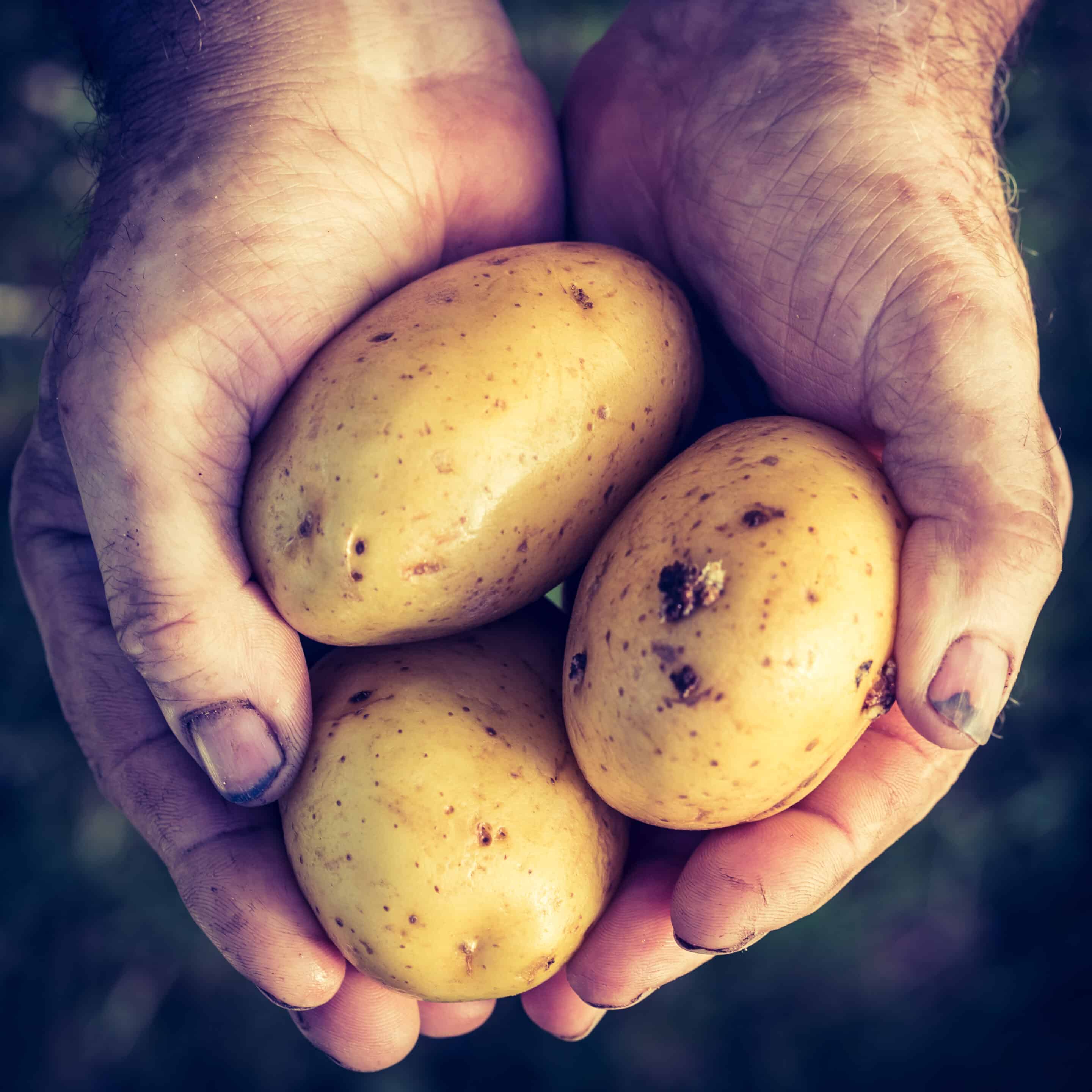
8255 Firestone Blvd Suite 200, Downey, CA, 90241
We are always looking for exceptional people.
If you have what it takes then we would love to hear from you!
HR@Westlakeproduce.com












We would love to speak with you.
Feel free to reach out using the below details.
COPYRIGHT © 2024 WESTLAKE PRODUCE COMPANY, ALL RIGHTS RESERVED.